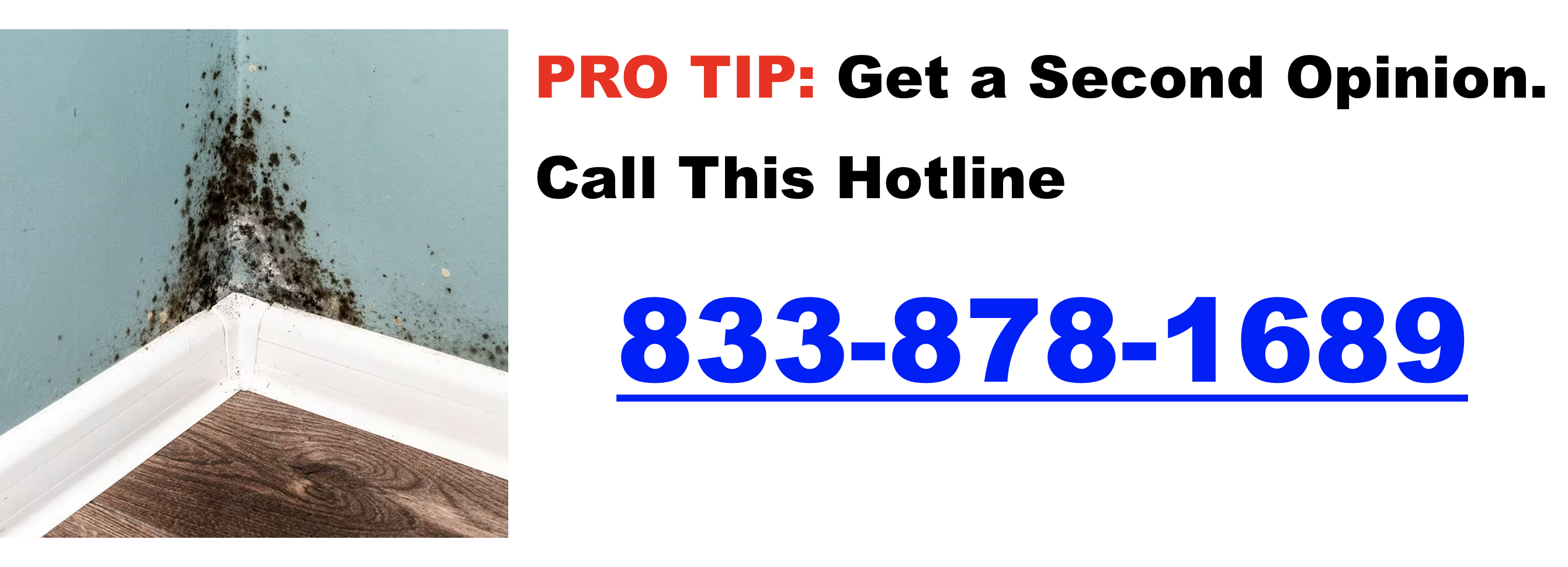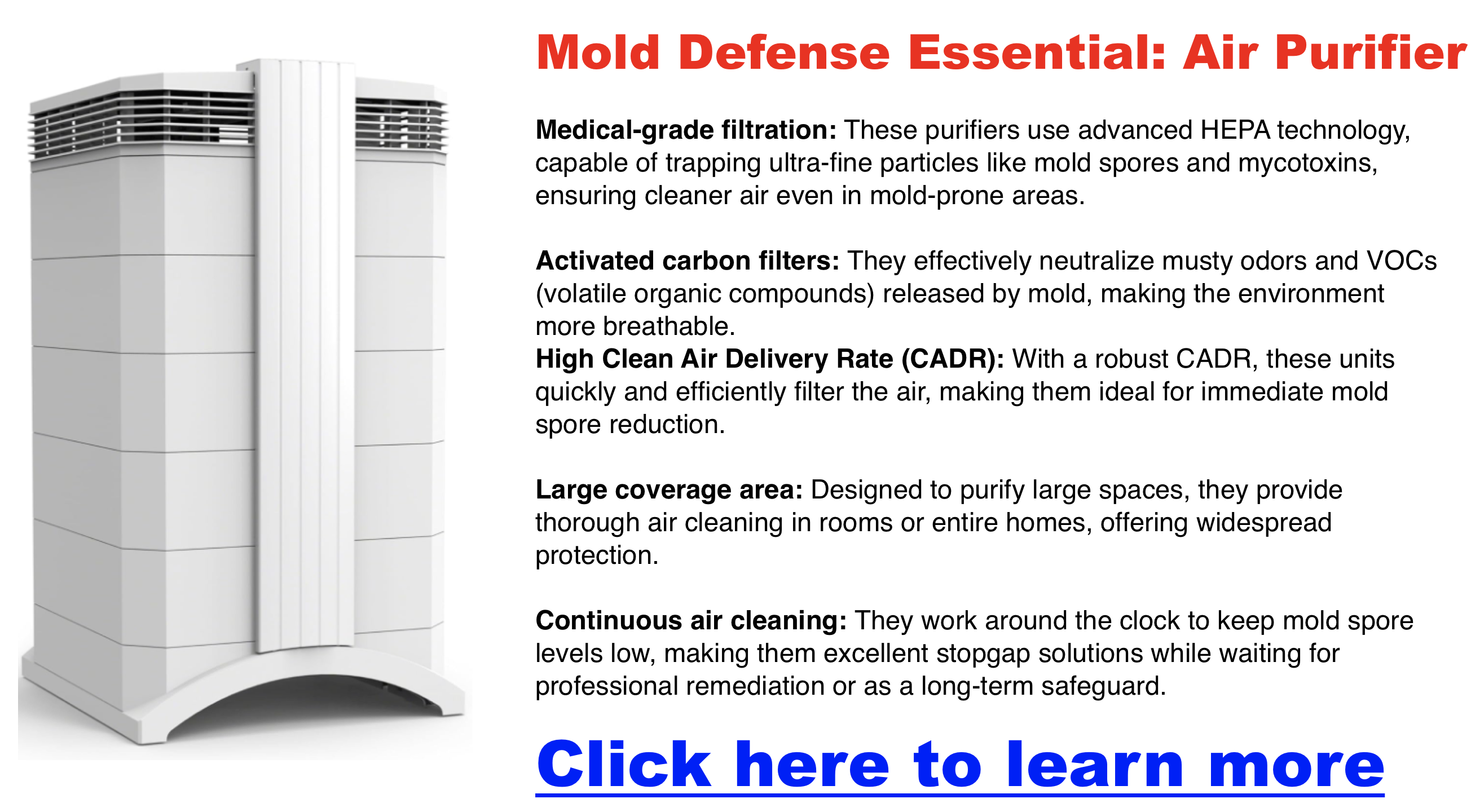Evaluating Mold Remediation Costs: What to Do When the Price Seems Too High
Getting a quote for mold remediation can be a shock. Many homeowners are surprised by just how expensive it can be to remove mold from their homes. You’re not alone if you’re staring at a high estimate and wondering if the cost is justified. The good news? Mold remediation doesn’t have to break the bank.
In this post, we’ll help you understand what drives mold remediation costs, how to evaluate estimates when DIY options might be possible, and how to negotiate to get a fair price. Ultimately, we aim to show you that dealing with mold doesn’t always require the most expensive solution.
Is the Price Fair? Understanding Mold Remediation Costs
Click for a free estimate by calling 833-878-1689 – Works Anywhere in US
Mold remediation costs vary significantly depending on the situation. It’s essential to understand why mold remediation might seem expensive and whether the price you’ve been quoted is fair.
- Typical Cost Breakdown:
- Small to medium jobs (e.g., a single room): $500 – $6,000.
- Large-scale remediation (e.g., mold in multiple rooms or extensive structural repairs): Up to $30,000 or more.
- High-end estimates ($20,000 – $60,000): These usually involve extensive demolition, rebuilding, and post-remediation repairs.
- Factors Driving Costs Up:
- Containment Procedures: Preventing mold from spreading to other areas of the home requires careful planning and equipment like plastic sheeting, negative air machines, and HEPA vacuums.
- Specialized Equipment: Professional mold remediation companies use air filtration systems and other equipment to eliminate mold spores from the air.
- Extent of the Mold: Hidden mold behind walls or in the HVAC system is more labor-intensive to remove, raising the cost.
- Understanding “Good/Better/Best” Estimates: Some contractors may offer a tiered pricing structure. The “best” option might include services that aren’t necessary for every situation, such as air purifiers or post-remediation treatments that go beyond what’s essential for your home.
| Room/Area | Cost Range |
|---|---|
| Attic (Partial) | $1,500 – $6,000 |
| Attic (Full) | $6,000 – $15,000 |
| Basement (Partial) | $1,500 – $6,000 |
| Basement (Full) | $6,000 – $15,000 |
| Bathroom | $500 – $2,000 |
| Crawl space | $1,500 – $4,000 |
| HVAC system / air ducts | $2,000 – $10,000 |
| Air conditioner air duct system | $1,000 – $2,000 |
| Walls | $1,000 – $20,000 |
| Whole house | $10,000 – $30,000 |
Getting a Second Opinion and Comparing Estimates
If the price feels too high, the first step is to get multiple estimates. Different companies may take different approaches, and comparing them can help you find the best value for your money.
- Why Multiple Estimates Matter:
- Always get at least two or three quotes, especially for large jobs. This helps you compare pricing, approaches, and services offered.
- Each company may recommend different methods—one might suggest demolition, while another might offer less invasive remediation. Comparing these can help you avoid unnecessary costs.
- What to Look For in a Proposal:
- Containment Plans: How will the company ensure mold doesn’t spread to other areas of your home?
- Materials to Be Removed: What materials (e.g., drywall, flooring) will need to be replaced?
- Post-Remediation Testing: Will they test the air or surfaces to confirm the mold is completely gone?
- Red Flags:
- Watch for estimates that seem to include unnecessary services or overly aggressive upsells. Look for any steps in the proposal that seem excessive and don’t match the scale of the problem.
Can You Do It Yourself? Partial DIY Mold Remediation
While professional help is often necessary, there are situations where you can safely handle some or all of the remediation yourself, saving you significant money.
- When DIY Might Be Appropriate:
- Small, localized mold problems, such as mold on bathroom tiles or a single wall, can often be managed without professional help.
- Safe DIY Steps:
- Dehumidify and Ventilate: Rent dehumidifiers and fans to dry out affected areas. Mold thrives in moisture, so controlling humidity is essential.
- Containment: Use plastic sheeting to isolate the moldy area from the rest of your home.
- Inspection: Consider hiring a licensed mold inspector to identify the extent of the mold growth.
- Cleaning: For minor mold on non-porous surfaces, clean with a bleach solution or other mold-killing products. Avoid areas with extensive or hidden mold growth.
- When to Call Professionals:
- Larger mold infestations, mold hidden behind walls, or mold in your HVAC system require specialized equipment and professional expertise.
- If the mold is toxigenic (e.g., black mold), professional remediation is crucial due to the health risks involved.
Negotiating and Exploring Cost-Saving Options
If your estimate is high, there are several strategies you can use to lower the cost or make it more manageable.
- Negotiating with Contractors:
- Ask for Discounts: Some companies may be willing to offer discounts, particularly for larger jobs.
- Request an Itemized Breakdown: Get a detailed breakdown of costs. This transparency can help you identify areas where costs might be reduced.
- Consider a Phased Approach: For very large projects, ask if the work can be broken down into phases, allowing you to spread the cost over time.
- Local vs. National Companies:
- Local contractors often have lower overhead costs than national companies and may be able to offer more competitive pricing.
Assessing Health Risks and Severity of Mold
Not all molds are equally harmful, and understanding the type of mold you’re dealing with can help you decide how urgent and extensive remediation needs to be.
- Common Household Molds:
- Penicillium and Aspergillus: These allergenic molds are common in homes and can cause respiratory issues, especially in individuals with allergies or asthma.
- Stachybotrys (Black Mold): This toxigenic mold is more serious and can produce harmful mycotoxins.
- Mold Testing:
- If you’re unsure about the type of mold, or if there are health concerns in your household, testing may be a good idea. Testing options include air sampling, surface testing, and ERMI (Environmental Relative Moldiness Index) tests.
Integrating Mold Remediation with Planned Renovations
If you’re already planning a renovation, integrating mold remediation into those plans can be a smart way to save money.
- Leverage Renovations:
- Mold can cause long-term damage if not addressed, especially in areas like basements or kitchens. If you’re planning a renovation in one of these areas, it’s a good idea to handle the mold issue first.
- Combining mold remediation with planned renovations can reduce labor costs by bundling the work.
Air Purifiers for Mold Control
Air purifiers can help manage mold spores in the air, improving air quality during and after remediation.
- Key Features of Effective Air Purifiers:
- True HEPA Filters: These capture 99.97% of particles, including mold spores.
- Activated Carbon Filters: These are useful for removing mold-related odors and volatile organic compounds (VOCs).
- UV-C Light Technology: This kills mold spores, preventing them from reproducing and spreading.
- High ACH Rating: Aim for an ACH (Air Changes per Hour) rating of 4-5+ to ensure the air purifier cycles air frequently enough to capture mold spores effectively.
- CADR (Clean Air Delivery Rate): Measures how quickly the purifier cleans the air, taking both filter efficiency and airflow into account.
- Ozone-Free Technology: Avoid air purifiers that generate ozone, which can irritate the lungs.
- DIY Air Purifier Options:
- For a cost-effective solution, consider building a CR box using a MERV 13 filter and a box fan. This DIY air purifier can be surprisingly effective at removing mold spores from the air.
- Dehumidifiers for Humidity Control:
- Pairing an air purifier with a dehumidifier is key to preventing future mold growth. Maintaining indoor humidity below 50% is crucial for stopping mold from thriving.
- Why Your Septic Tank Smells When It Rains (and What to Do About It)
- How to Handle Water-Damaged Wood in Your Home or Business
- How to Prevent and Remove Mold from Pillows: A Complete Guide
- Why Is My Carpet Always Wet? A Step-by-Step Guide to Identifying the Source of Moisture
- Signs of Septic System Failure and What It Means for Your Basement

